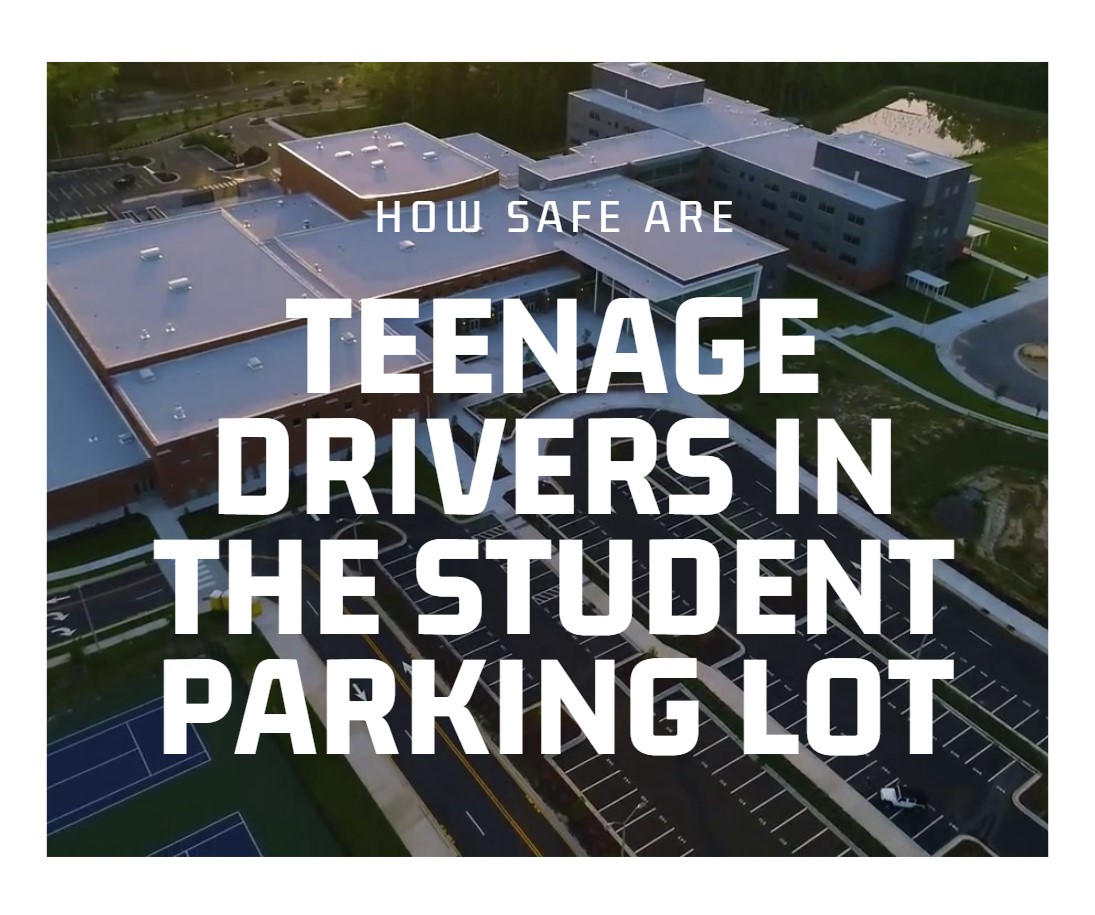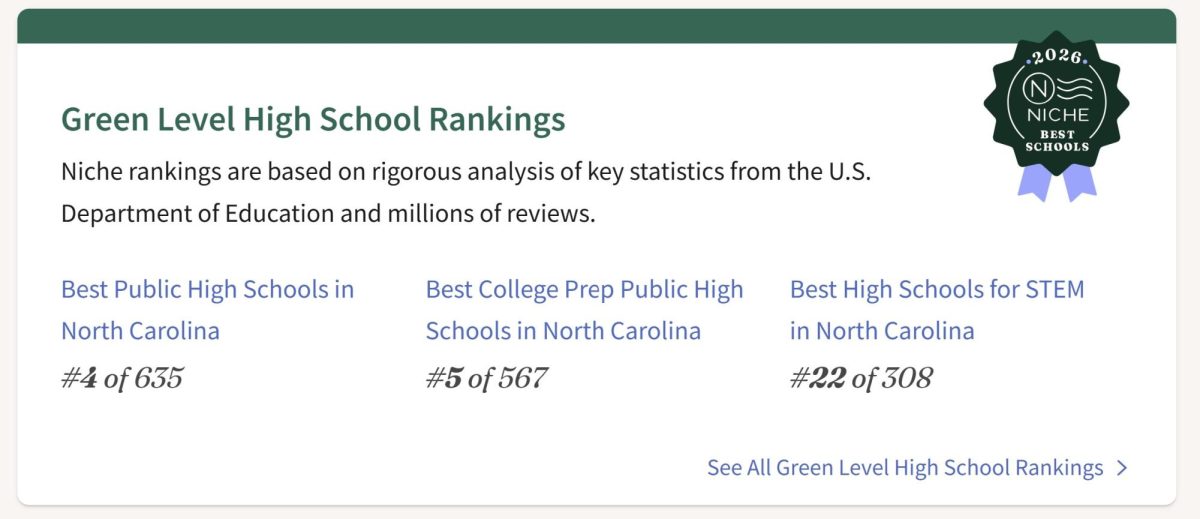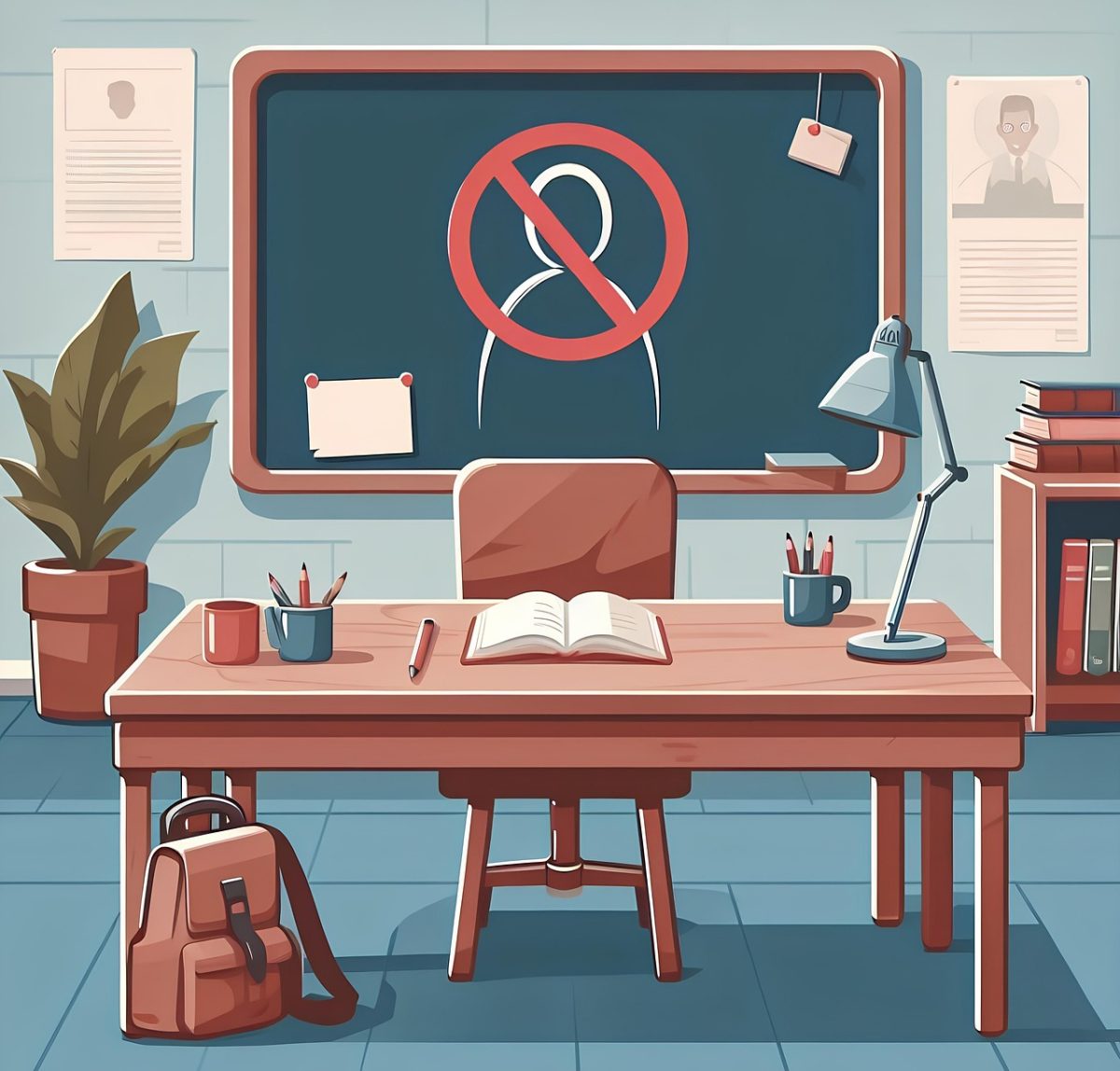Green Level High School enrolls over 2000 students, and almost half of them drive to school, which means a lot of cars in the student parking lot. With the combination of inexperienced drivers, a tight parking lot, and a rush to get out of school, the school parking lot may create a dangerous environment. But, the debate is whether the real danger is in the context of the parking lot or the actual skills of the drivers.
On the one hand, the student parking lot presents chaotic conditions that younger drivers often enhance. The tight spots and narrow roads present many opportunities to hit the cars around them. And the inevitable rush to get in and out of school makes drivers frantic and often impatient.
Some may argue that this impatience is due to the drivers’ inexperience. Once you’ve matured as a driver, you learn to be calm for the purpose of safety and protecting your vehicle. By placing hundreds of unskilled drivers in one tight place, you create the unpreventable possibility of accidents. Officer Kellam, the SRO at Green Level, has first-hand insight.
“I think it’s less about the environment and more about inexperience behind the wheel and poor decisions.” Kellam reports, “This parking lot is actually pretty good, we are a newer school so it’s laid out properly, meaning with the travel lanes and stuff like that, and we have our own entrance road, which a lot of schools don’t have. So I think if any issue we have it’s generally because of poor decisions and lack of driving experience.”
So according to the officer, the student parking lot isn’t the problem, it’s more so the actual drivers. Kellam mentions how in the parking lot, it’s mostly just small fender benders and minimal damage accidents. Mr. Guffey and other officers at our school stand out in the student parking lot during dismissal time to control the students with stop-and-go traffic. This alleviates the tension between the students to rush out. Officer Kellam understands this tendency of students and advises those who fall victim to their impatience.
Kellam explains, “When I do talk to students after a little fender-bender or something, I just tell them, ‘I know you want to get home, just wait 2-3 minutes, most of the time that parking lot empties out pretty quick, and it’s a lot safer.’”
The hidden, but pernicious danger is off-campus. Green Level receives many off-campus complaints, particularly during lunchtime. Citizens from the area have taken photos and videos of the students’ driving, often passing on the double yellow lines or driving at high speeds.
Many may think that distracted driving is another major cause of the unsafe driving of teenagers. With the emergence of technology in your car that allows you to do things like voice text or call, teenagers getting caught with their phone out is less of an issue. What Officer Kellam sees most is just bad decision making, speeding is no joke. Speed limits are put in place for a reason, they advise you as to what pace is safest.
“Every 10 miles an hour, deaths go up. So when you see officers running radar out on the interstate, there’s a reason why they’re doing it. They’re trying to get speeds to go down to prevent fatalities.” Kellam explains.
So it’s been established that the reason for these accidents is the bad decisions and lack of experience of the young drivers, but what is at the root of the problem? First, it’s crucial to note that youth itself is the seed creating these problems. Youth exalts driving culture, and with the rising popularity of car clubs, kids meet up on weekends at all hours of the night. These clubs often become more so about racing each other, which creates a disastrous problem. Kellam has a unique insight into another of the major causes of reckless driving among the youth.
“It starts with the driver’s ed course. If you have a good teacher, and I know ours here at Green Level, she’s strict but she’s also very knowledgeable.” Kellam unfolds, “When you teach students the dangers of it, maybe they think twice before they want to see what the car can do. If you have a teacher who just pushes you through the course to get you to pass, that’s not going to help much. It just starts with education, it starts with the driver’s ed class, where you learn about the danger of speed.”
So, with improvements to driver education and a stop to the glamorizing of car culture, teenage drivers can start to drive safer and more patiently. Take it from Officer Kellam, don’t let your head get clouded by the incentive to be in a hurry or speed. Make good decisions, the few more minutes you take to be patient and gracious on the road are worth your life. Stay safe gators!











